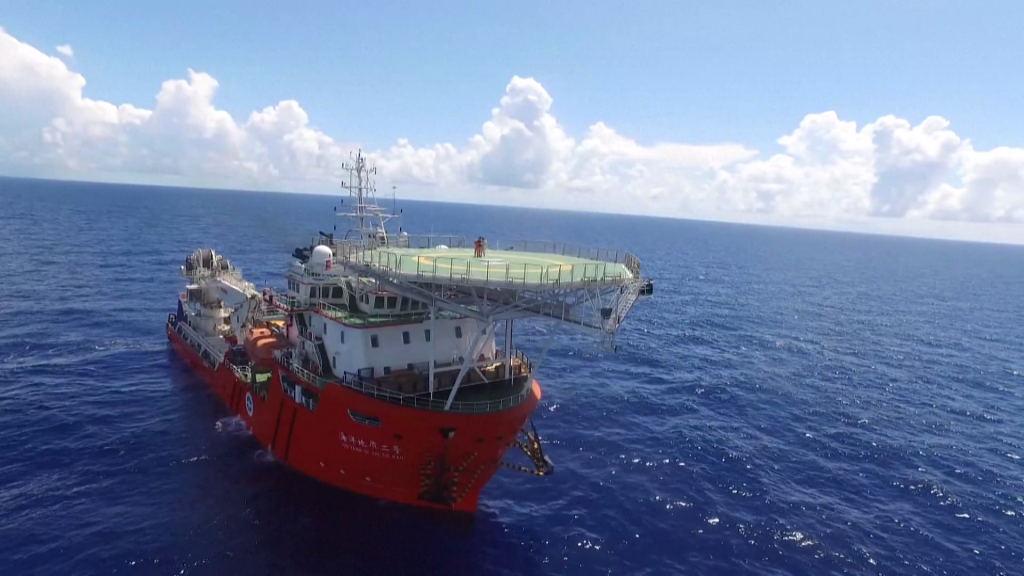BEIJING: China’s first set of floating devices that can turn ocean thermal energy into electricity has successfully completed sea trials in recent weeks, marking a significant step forward in the country’s utilization of renewable energy sources.
Ocean thermal energy conversion is a process that can generate electricity by making use of the temperature differences between the sea surface and deep ocean. China is endowed with plentiful of ocean thermal energy conversion resources.
The floating ocean thermoelectric power generator, developed by domestic researchers led by the Guangzhou Marine Geological Survey, was aboard the marine research vessel Haiyang Dizhi-2, or literally Ocean Geology No. 2, to carry out its first sea test in the South China Sea at a depth of 1,900 meters.
The trial power generation process lasted over four hours, with a maximum power output of 16.4 kilowatts.
The test has proved the feasibility of the country’s independently developed ocean thermoelectric power generation system both theoretically and practically.
“We have mastered the core and key technologies including turbine power generation featuring small temperature differences and wide load range, heat preservation of water collected from deep sea, and cold-water pipeline installation,” said Ning Bo, a senior engineer with Guangzhou Marine Geological Survey under China Geological Survey.
“We have fully leveraged the high-quality industrial cluster in Guangzhou’s Nansha District and systematically integrated the resources of multiple competitive enterprises. The device is completely homegrown, with low cost and impressive adaptability,” Ning said.
Ocean Thermal Energy Conversion (OTEC) uses the ocean thermal gradient between cooler deep and warmer shallow or surface seawaters to run a heat engine and produce useful work, usually in the form of electricity.
OTEC can operate with a very high capacity factor and so can operate in base load mode.
The denser cold water masses, formed by ocean surface water interaction with cold atmosphere in quite specific areas of the North Atlantic and the Southern Ocean, sink into the deep sea basins and spread in entire deep ocean by the thermohaline circulation. Upwelling of cold water from the deep ocean is replenished by the downwelling of cold surface sea water. –The Daily Mail-CGTN news exchange item






